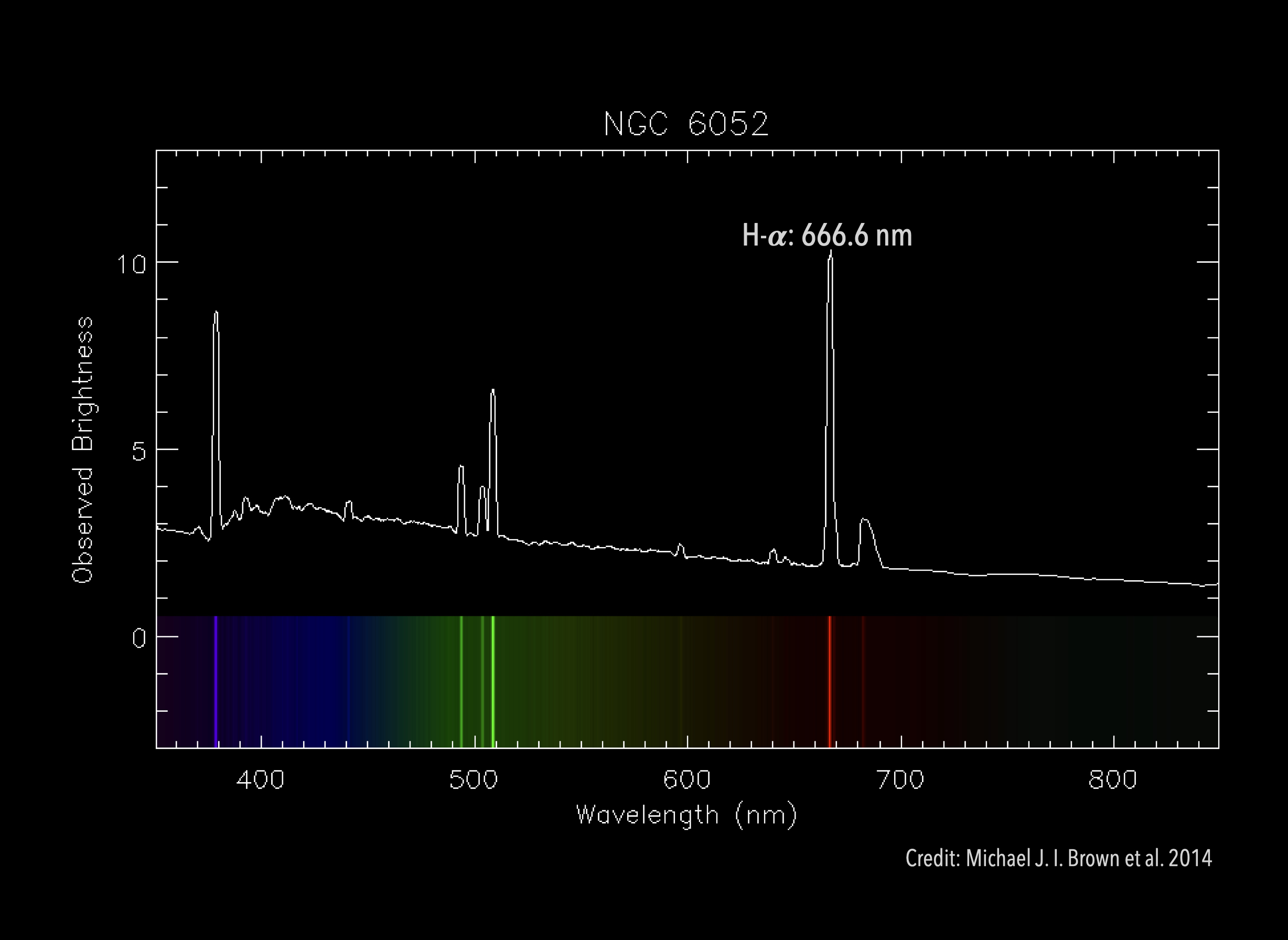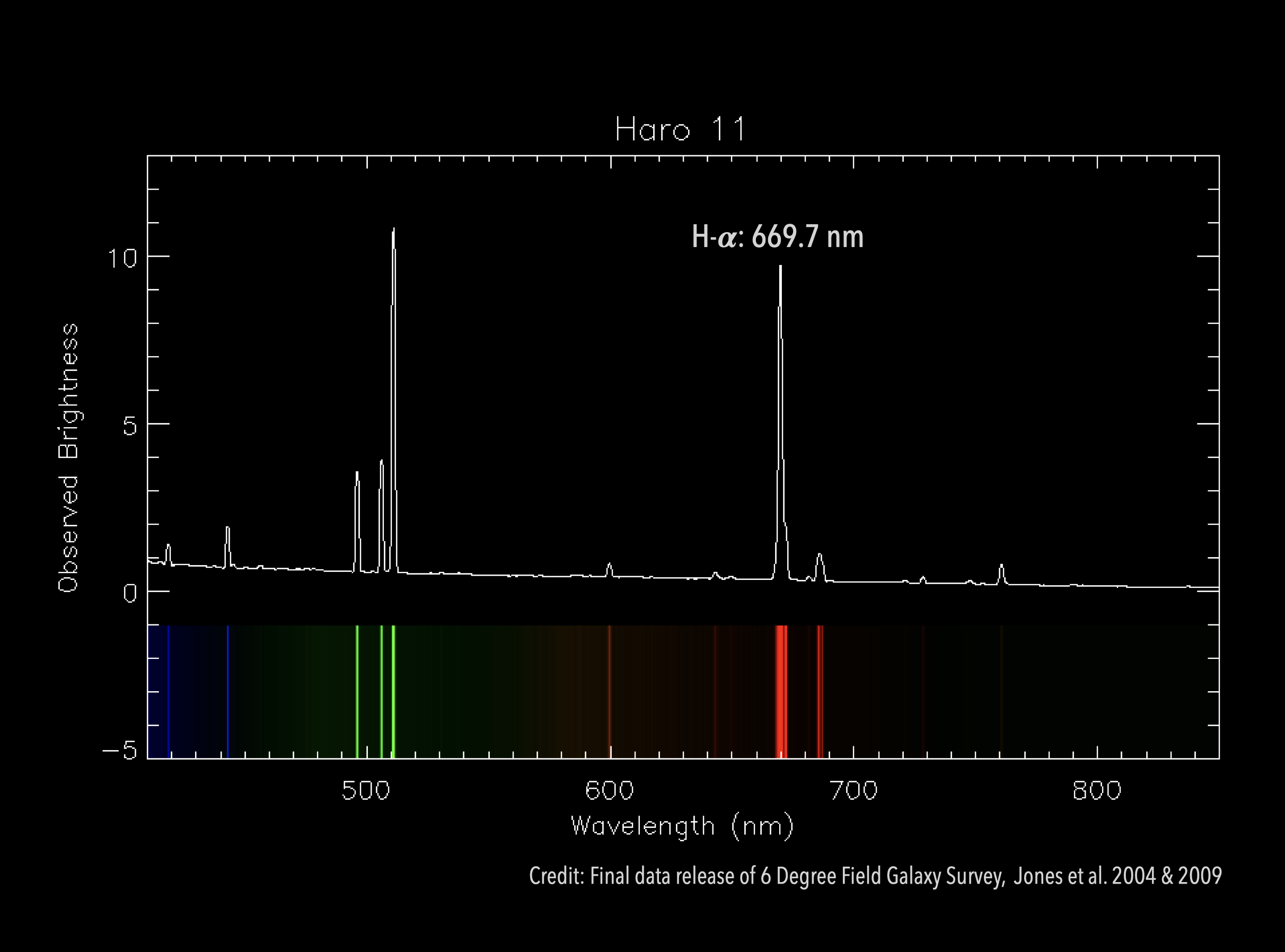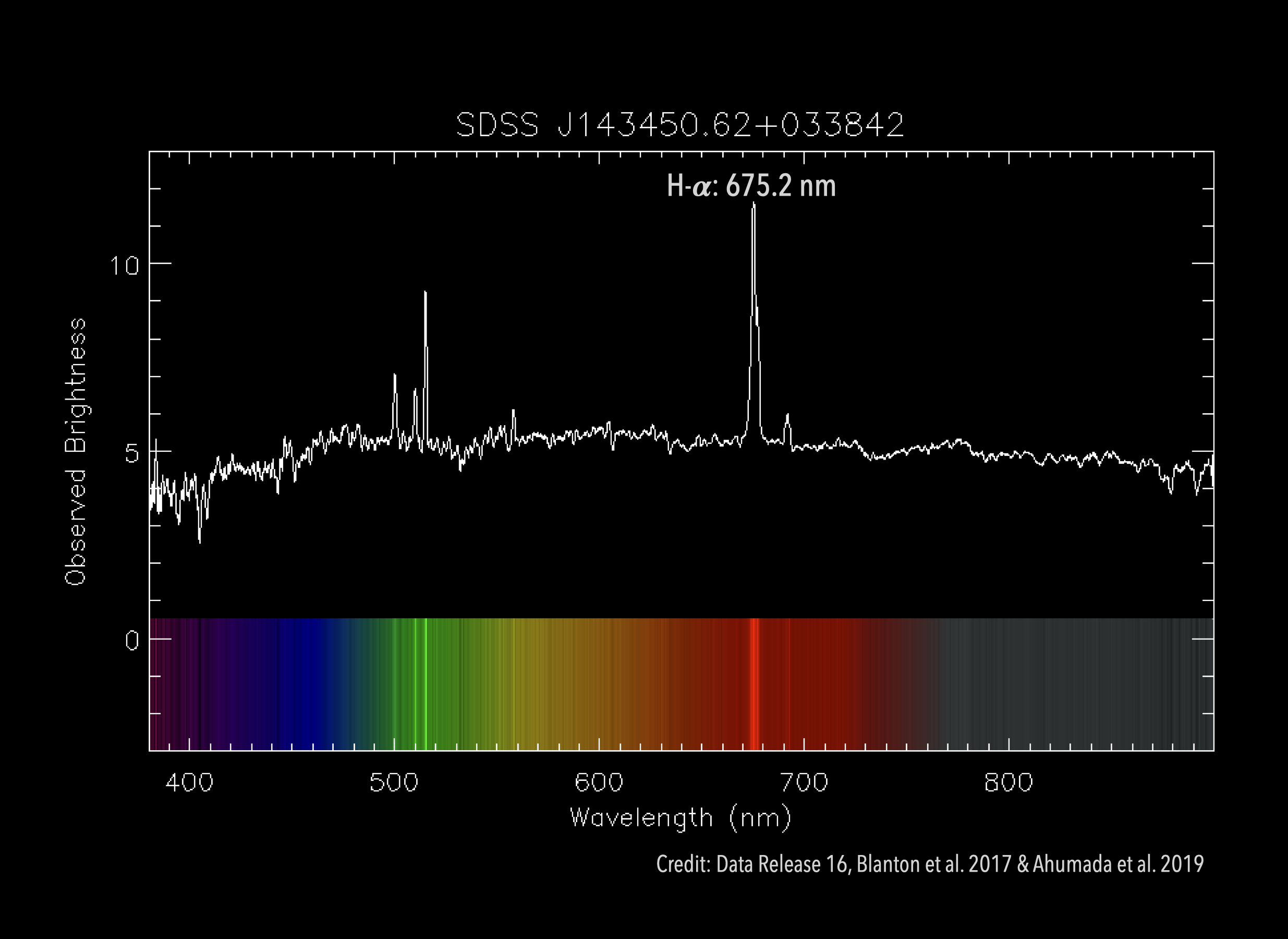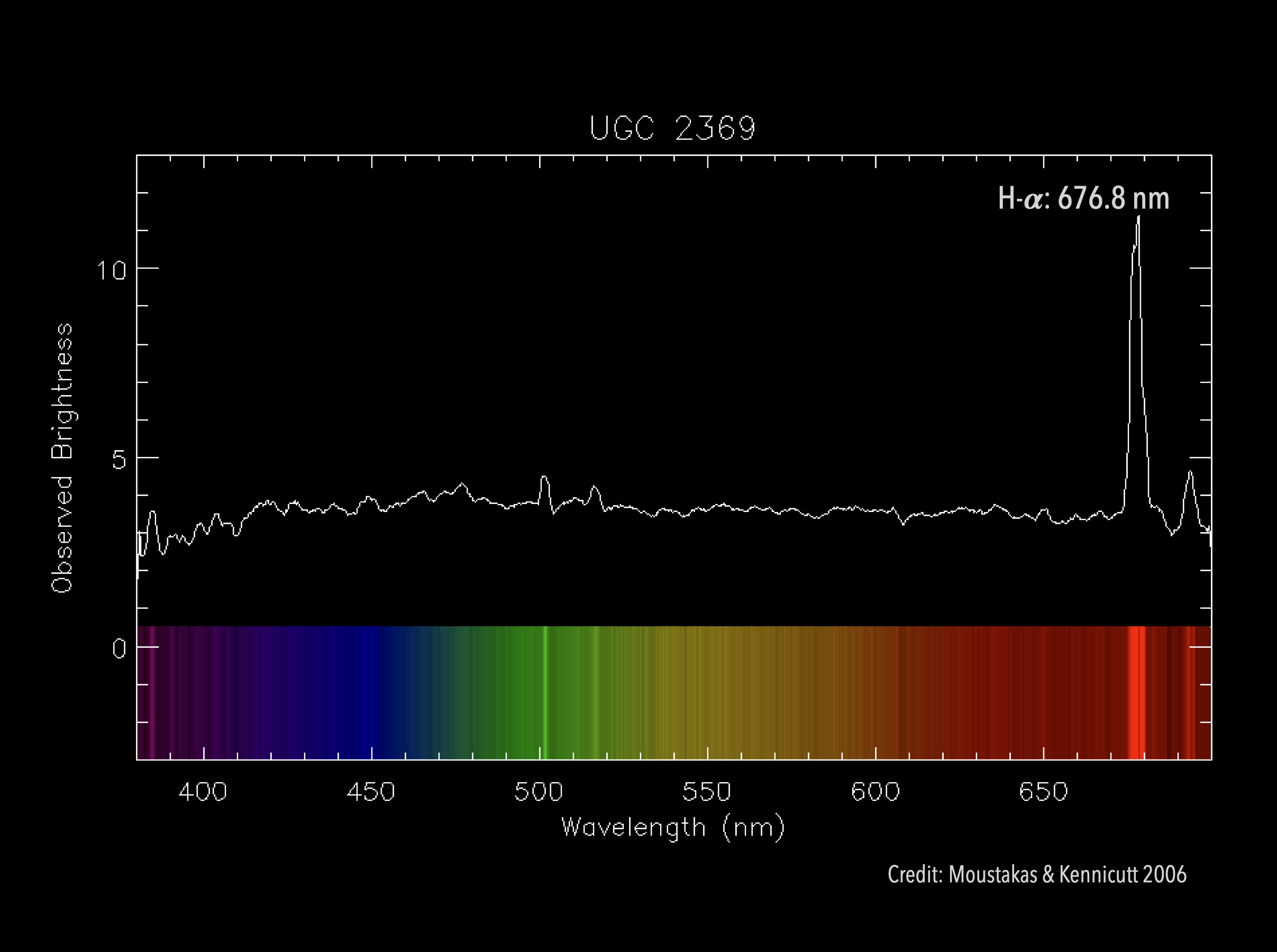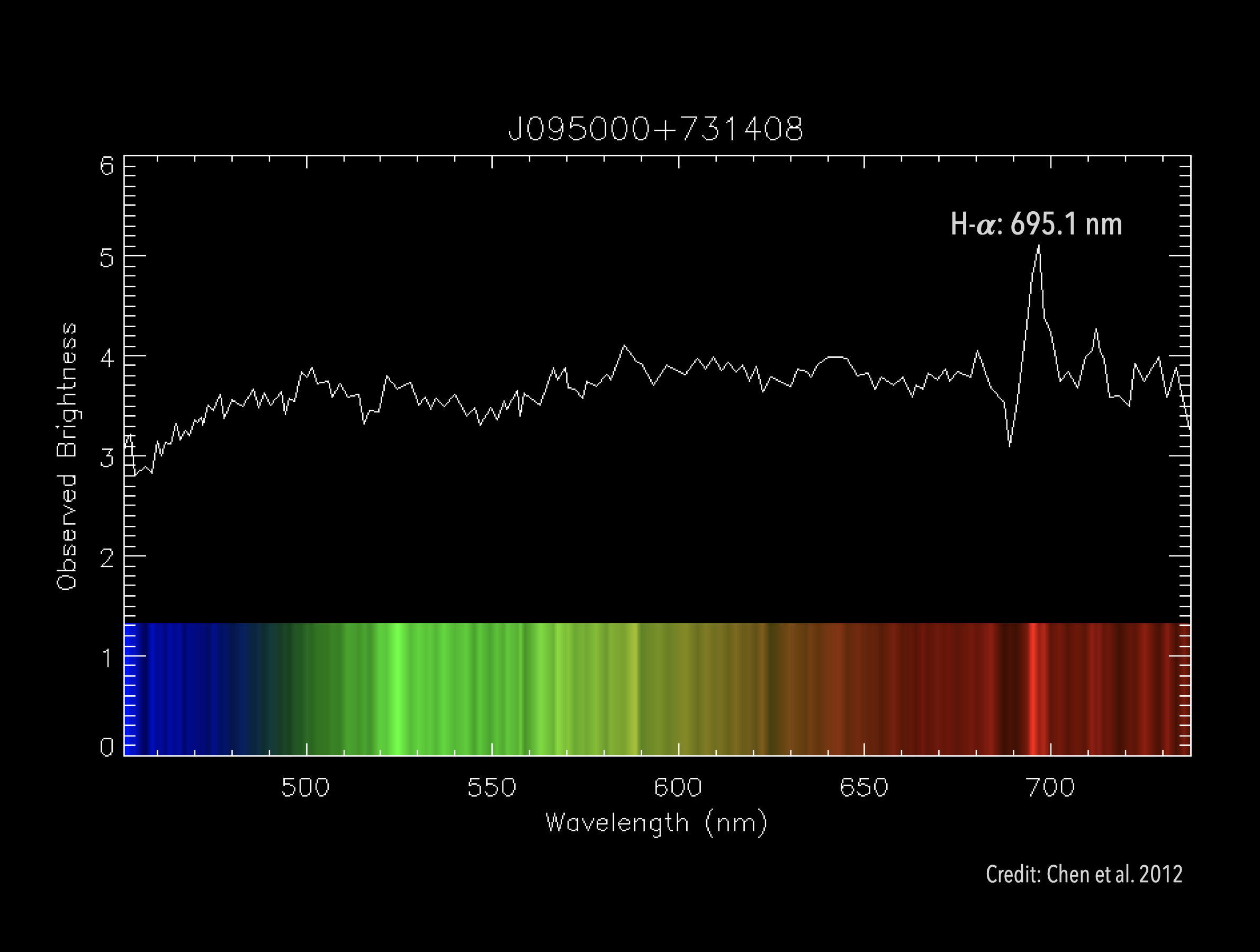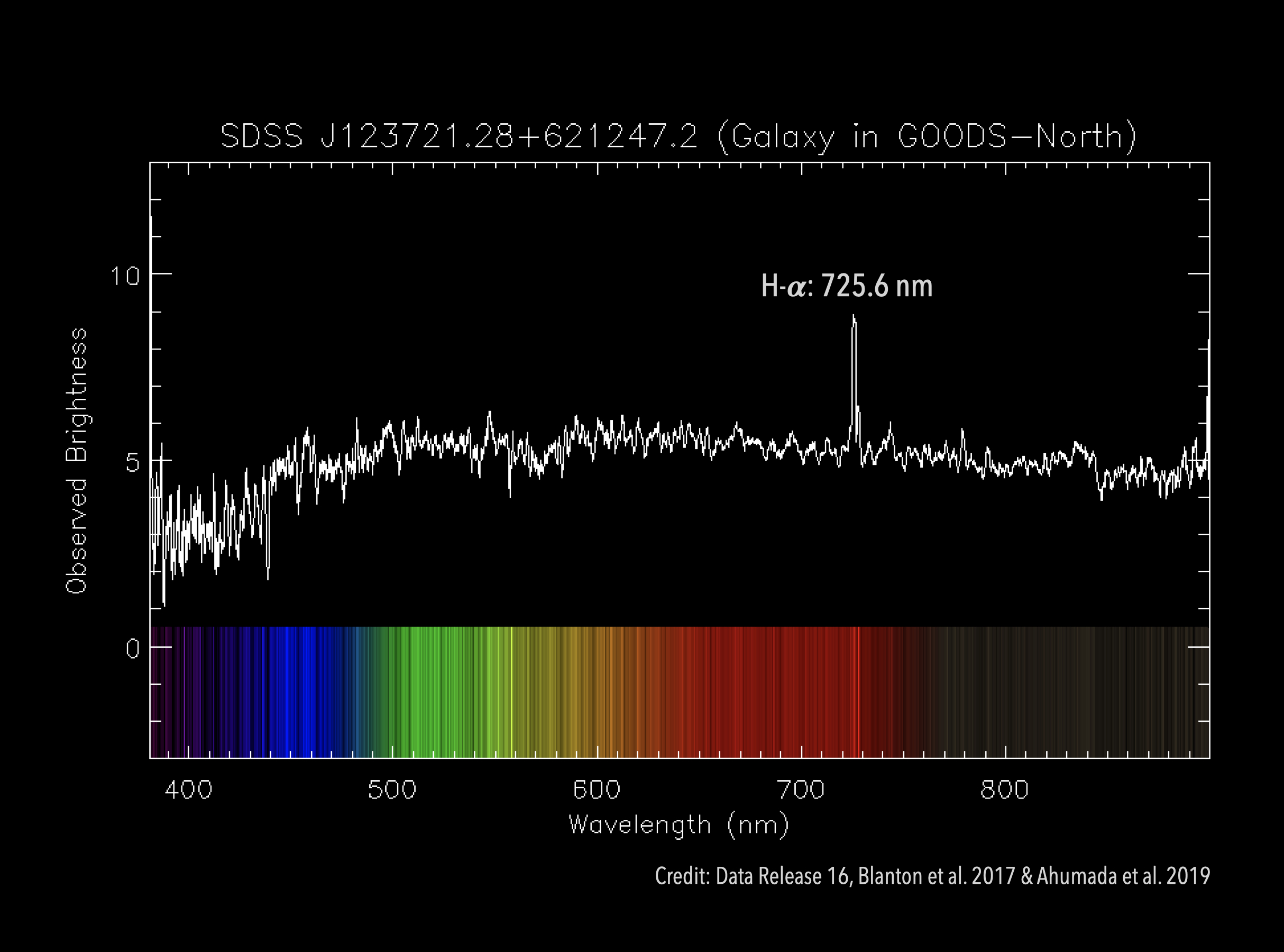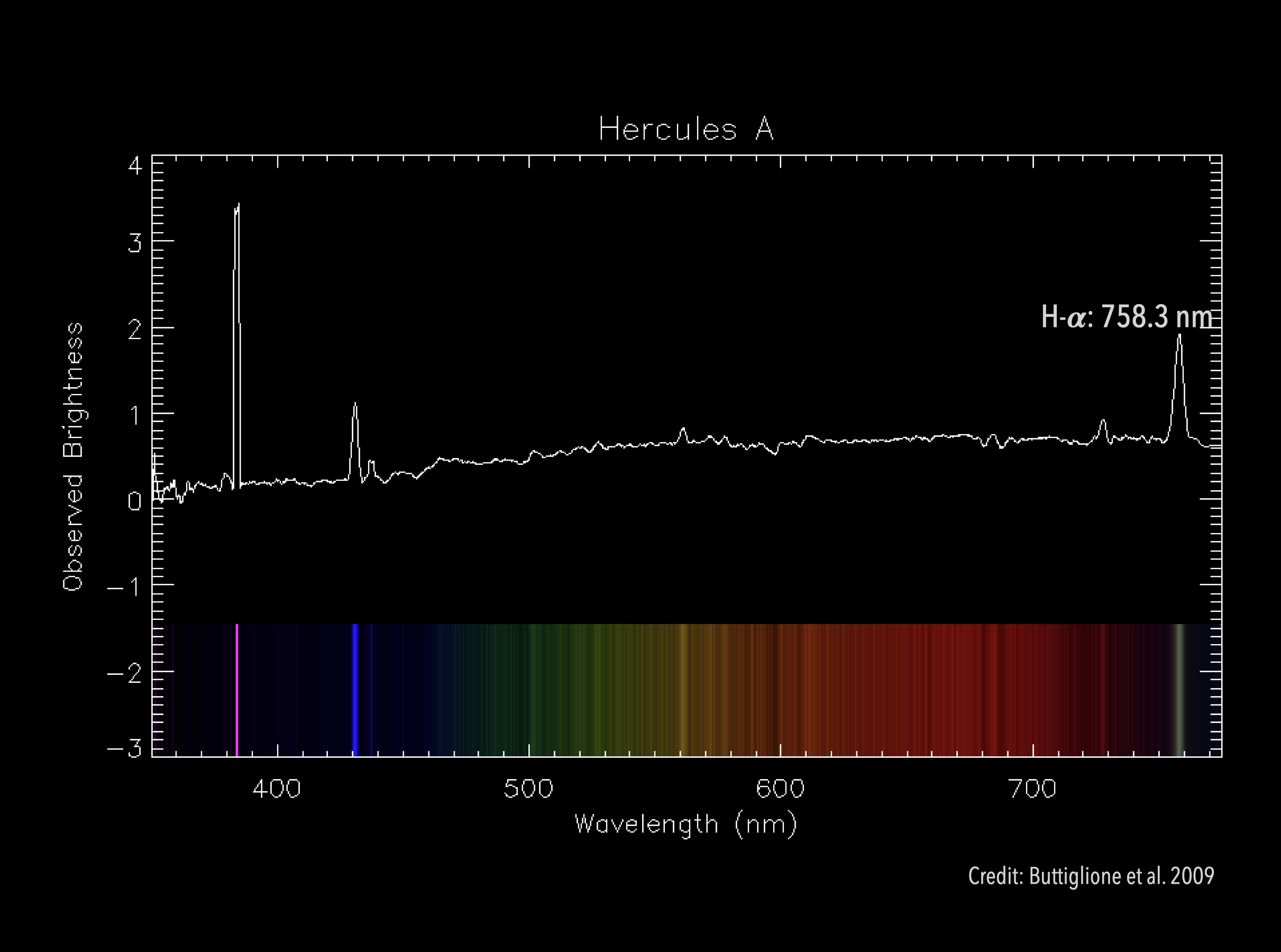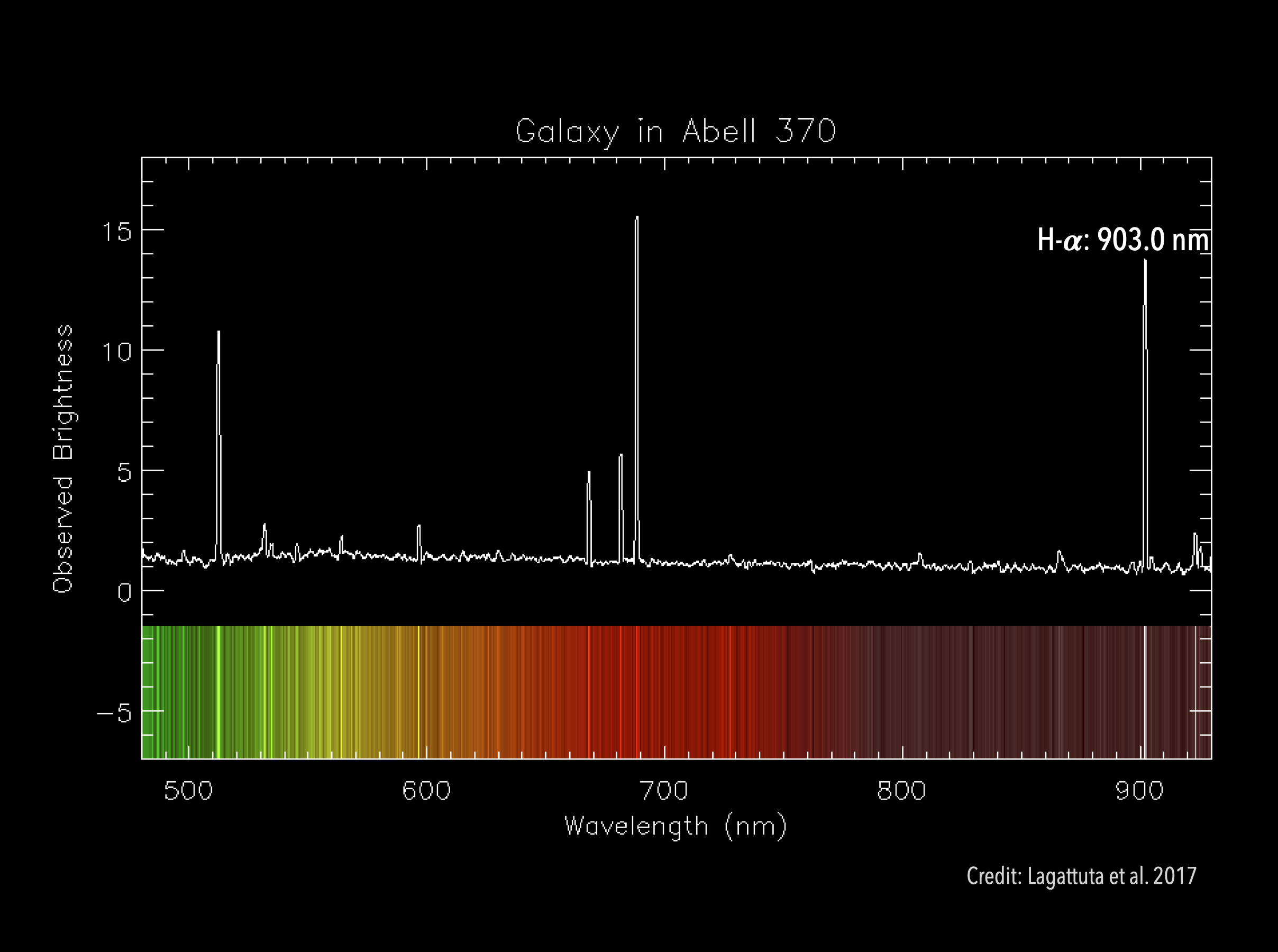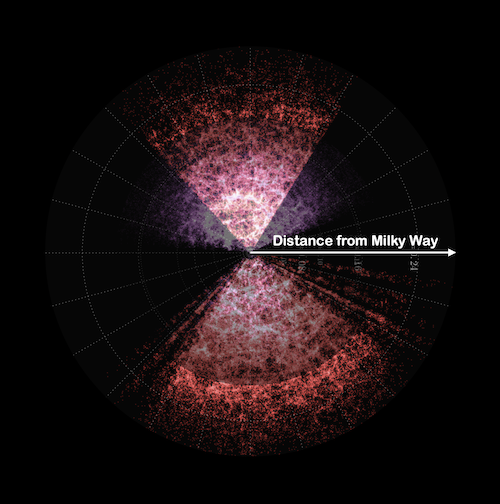
This cosmos map shows data from the Sloan Digitial Sky Survey and the 2dF Galaxy Redshift Survey, visualized by Samuel Hinton.
GET STARTED
Click on a blue point above
to fly to the selected galaxy.
Double-click on a blue point
to arrive there immediately.
to estimate the distance to a galaxy:
-
Rotate the galaxy in the white circle until the longest dimension of the galaxy is vertical
rotate: hold control + click + drag to the left or right (or use the J–L keys)
-
Zoom in/out until the galaxy inside the circle (note: not the circle itself) just matches the height of the display
zoom: scroll in and out (or use the
I–O keys for finer zoom) - Click on estimate distance
